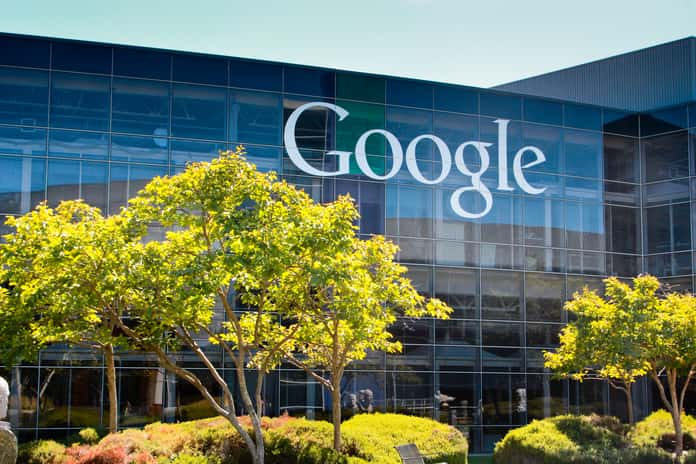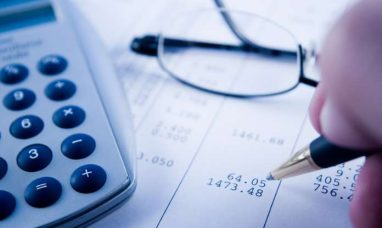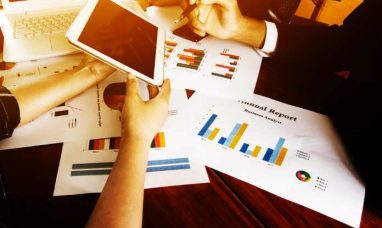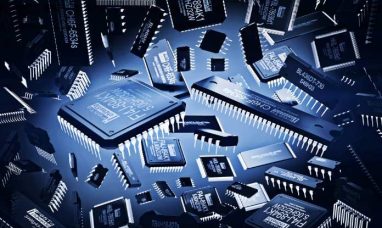Alphabet, Google’s parent company, (NASDAQ:GOOG) (NASDAQ:GOOGL) dropped off after a historic tech boom. However, the stock is one of our favorite buys among trillion-dollar corporations. We’ll take a deep dive into the king of advertising’s hidden assets and risks. We anticipate annual returns of 11% over the next decade.
The year 2021 was fantastic for large-cap tech. COVID-19 compelled many people to stay home, purchase online, and get engrossed in their screens. The economy raced through 2021, with real GDP in the U.S. increasing by 5.7%, the greatest one-year increase since 1984. This benefited Google (NASDAQ:GOOGL) since people viewed YouTube videos, searched Google, and clicked on advertisements. Consumers had a lot of money, and advertisers had a lot of e-commerce sales.
Moving forward to 2022, the market indicates that Google’s year-over-year growth is at a standstill. Indeed, as the hangover effect kicks in, Google’s earnings are likely to fall for the first time since 2017, from $5.61 to $5.44 per share. But not even a severe recession can bring the king down.
Google Maps Is Under-appreciated
Look no farther than Google Maps (NASDAQ:GOOGL) for a service that has become practically mandatory for all businesses to list on. The Google Maps software is always available to Android and even some Apple (NASDAQ:AAPL) iphone users. Are you looking for a gas station, a mechanic, a lawn care service, or a coffee shop? Google Maps provides directions and informs you what customers think based on millions of reviews. Businesses using Google Maps can now use Google’s paid advertising to attract more customers.
How Profitable Are Android And Google Play?
We can’t tell how profitable Android and Google Play (NASDAQ:GOOGL) are on their own because their profits are hidden under the Google Services segment. We know that despite its tremendous expansion, Google Cloud is still losing money, but how much do these other crucial assets make? Instead of selling the operating system to firms like Samsung, Android makes money by being the default maps app, payment app, search engine, and app store on every Android phone. The Google Play Store is regarded to be the most profitable of these.
Other Bets
Google (NASDAQ:GOOGL), on the other bets, says that it is spending considerably in the areas of health, life sciences, and transportation. However, Google’s moonshots, such as “artificial intelligence (A.I.) research and quantum computing,” are more promising.
We believe Google (NASDAQ:GOOGL) agrees with us and recognizes the threat that A.I. poses to search, which is why the corporation is investing in its Multitask Unified Model (MUM) software. “We are presently experimenting with MUM’s capabilities to make searching more natural and intuitive, and even enable totally new methods to search,” Google writes.
Long-term Returns
Let’s start with expectations for Google’s key industries. The online advertising business is predicted to increase at a 14% annual rate until 2027. Furthermore, the worldwide cloud industry is expected to develop at a rate of 16% annually through 2030. We believe that growth in cloud and digital advertising will be faster in emerging markets and slower in established markets. Growth will decline as these industries mature until 2030 and beyond. Google’s online ad share has declined somewhat, while its global cloud share has climbed significantly: Our price prediction for Google in 2032 is $328 per share, representing an annual return of about 11%.
Buy The Split
We rate Google (NASDAQ:GOOGL) as a “buy” despite the dangers of competition, cyclicity, regulation, and technical development. The company’s competitive moat is undeniable, and its industry tailwinds are powerful. While the necessity to search will always exist, we don’t know how the “job” will be done, but Google is working on it with A.I. As it grows its ads, Google Maps offers immense promise. Android, as well as the Google apps that come with it, are extremely valuable and profitable assets. Google might nearly triple in a decade, returning 11% each year. In our opinion, you should buy the split.
Featured Image: Megapixl © Nadeesha5814

















